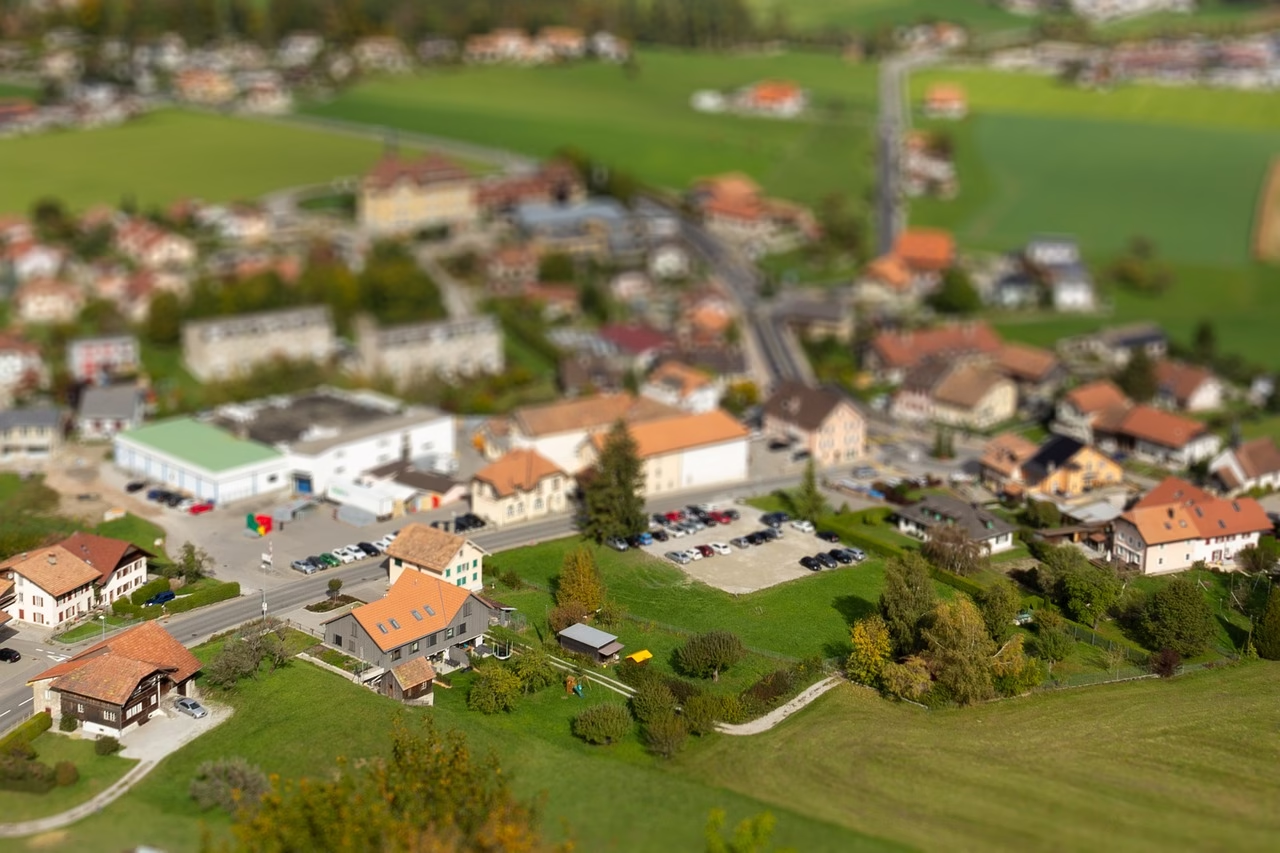
Culinary Tourism: A Driving Force in 2025
In the soft glow of early 2025, something delicious is stirring across the globe—not just in kitchens, but in the hearts and footsteps of wanderers eager to taste the essence of culture. Culinary tourism has blossomed into a powerful wave sweeping through cities, villages, and markets alike, becoming far more than a trend. It’s now a cultural phenomenon, a journey beyond mere sightseeing, where every bite tells a story and every flavor awakens a memory.
The World on a Plate
Reflecting on my own travels this year, I’ve found that food is the ultimate passport. From the bustling street stalls of Bangkok to the serene olive groves of Tuscany, culinary experiences are the threads binding the tapestry of human connection. In 2025, travelers aren’t just seeking a photo with a landmark; they crave participation, immersion, and transformation through taste. The anticipation begins not with the plane ride but with the tantalizing aroma of spices, the promise of a secret family recipe, the rustle of fresh herbs—sensory invitations to dive headfirst into local life.
“Food is the closest we come to time travel—every dish is a story from the past, flavored by tradition, told by the land.”
Why Culinary Tourism is Thriving Now
Culinary tourism in 2025 is thriving because it marries authenticity and adventure. Travelers today want to experience more than just a meal; they want to understand the origins, the culture, and the people behind it. Social media has played its role, showcasing breathtaking foodie journeys and bringing hidden gastronomic gems out of the shadows. Yet, it’s the human element—farmers, chefs, street vendors—that infuses these experiences with soul.
Moreover, sustainability and ethical eating have surged to the forefront. Culinary tourism champions local produce, seasonal ingredients, and traditional cooking methods, reconnecting us with the earth in a world increasingly driven by mass production. This conscientious approach not only enriches the traveling experience but supports communities economically and culturally, preserving heritage through edible art.
Personal Journeys Through Culinary Landscapes
One unforgettable moment was a dawn visit to a fragrant Moroccan souk, where I watched a vendor deftly prepare a traditional mint tea ritual. The sweet, smoky steam rose like a gentle whisper, inviting stories of long-past trade routes and family gatherings. Later that day, a communal meal in a Berber home introduced me to tagines simmered slowly over firewood, where every spice had a purpose and every bite echoed generations of care.
Such experiences have transformed the very way I approach travel. Food, I’ve come to realize, is more than sustenance—it’s a narrative, a welcoming hand extended across the globe, a key unlocking the soul of a people. In 2025, travelers are guided less by maps and more by menus, seeking authenticity in the meals shared and the friendships forged.
The Future of Culinary Tourism
Looking forward, culinary tourism will continue to evolve with technology and innovation. Virtual reality kitchen tours, AI-driven personalized food trails, and deeper integration with local artisans promise to deepen the connection between traveler and tradition. Yet, the heart of this journey will always rest in human stories, shared over meals savored slowly.
For those chasing wonder through flavor, 2025 is a year to embrace culinary tourism not simply as an activity but as a philosophy—a celebration of diversity, history, and the intimate joy of eating well in a world that is endlessly rich with stories waiting to be tasted.
In every dish lies a journey, in every meal, a memory. Culinary tourism isn’t just shaping the travel landscape—it’s transforming how we understand and celebrate the world.

RELATED POSTS
View all



